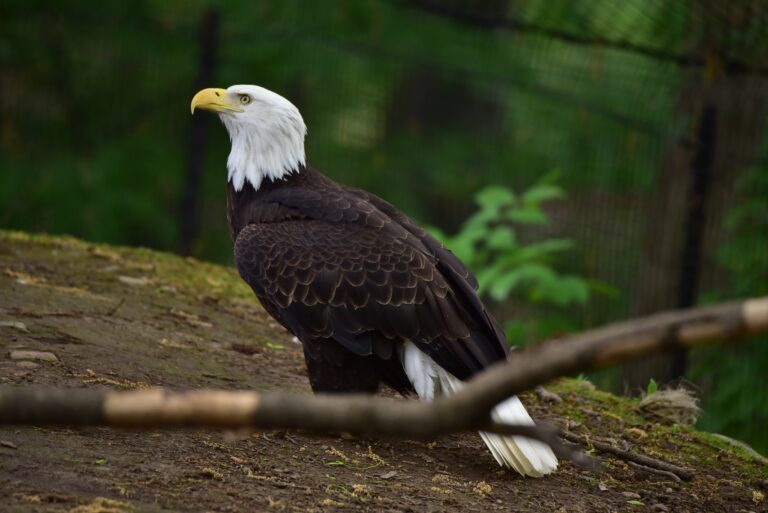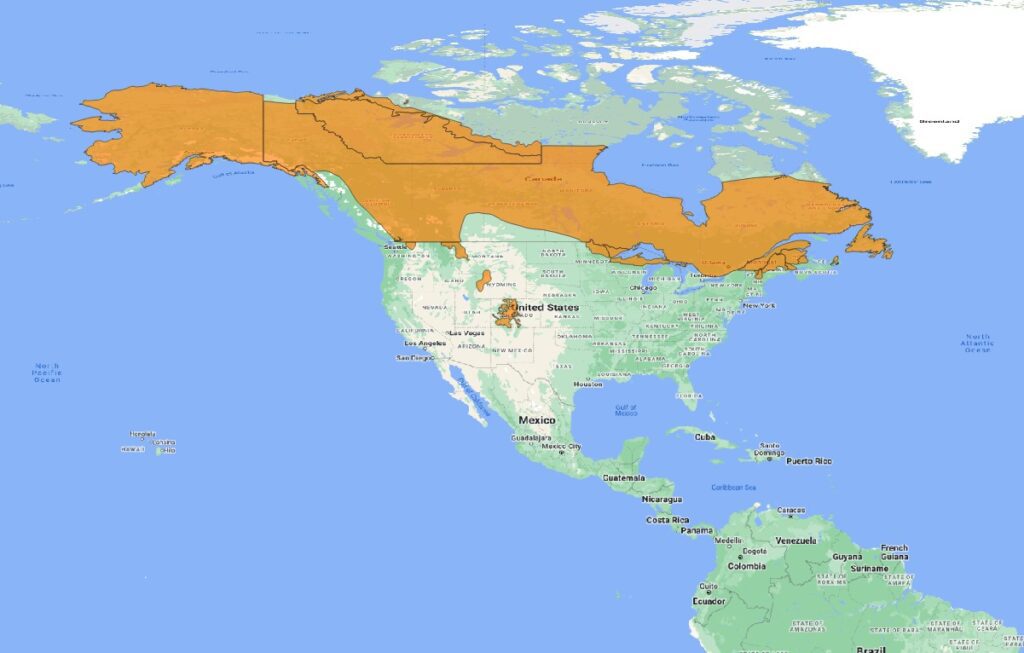

(Lynx canadensis)
The Seneca Park Zoo is home to two Canada lynx: Bianca, a female born in 2013 who arrived here in 2014, and Albert, a male who joined us in 2024 from the Woodland Park Zoo. Bianca is also the mother of Stanley, a male lynx born on June 2, 2022, who now resides at the Trevor School Zoo. The name ‘lynx’ comes from the Greek word “to shine,” likely referencing the reflective ability of this cat’s striking eyes.
Snowshoe hares are a primary food source. Populations of the two are known to fluctuate in linked cycles with periods of about 10 years. They may also eat rodents, birds and fish. If they can find a deer, or other large ungulate that is very weak or sick, lynx will kill and eat it. They also feed on carcasses left by human hunters.
International Union for Conservation of Nature (IUCN) Red List status
Small populations are found in New England, Utah and possibly Oregon, Wyoming and Colorado. Lynx usually live in alpine coniferous or mixed boreal/deciduous forest. They can also be found in more open forests, rocky areas, or tundra. Males occupy distinct territories; home territories of females may overlap.
Lynx are listed in CITES Appendix II. In March 2000, they were listed by the U.S. Fish and Wildlife Service as threatened in the lower 48 states. The state of Michigan lists the Canada lynx as endangered.In Canada and Alaska, trapping is regulated through closed seasons, quotas, limited entry, and long-term trapping concessions.

Seneca Park Zoo Society is a tax-exempt 501(C)(3) nonprofit organization. Your gift is tax-deductible as allowed by law.
Seneca Park Zoo is a smoke-free facility.
Copyright © Seneca Park Zoo 2024